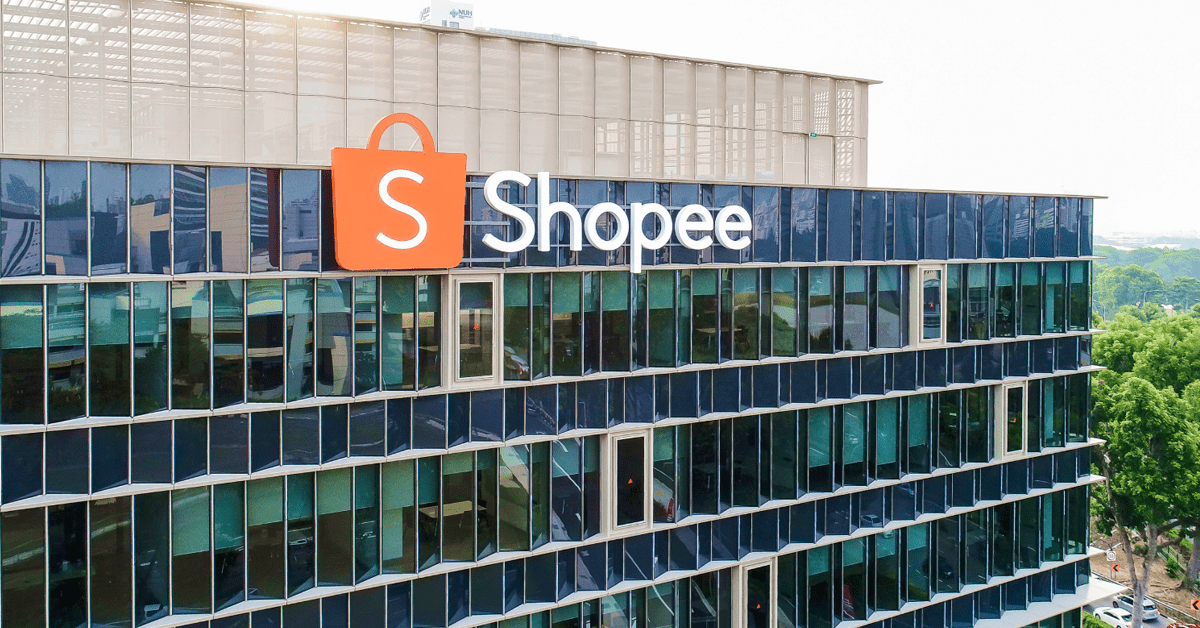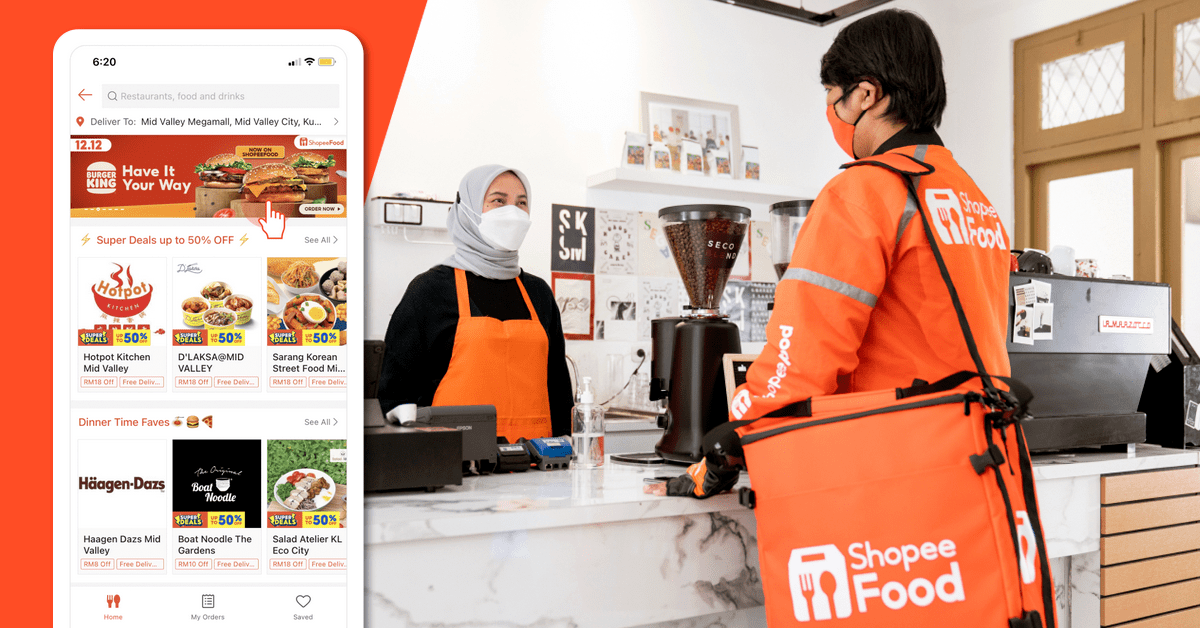
In an era where digital marketplaces evolve at lightning speed, few stories are as compelling as that of Shopee. A platform that emerged from the shadows to dominate the Southeast Asian market, only to face a series of unprecedented challenges. This article delves into the chronological journey of Shopee, exploring its strategic moves, triumphs, and struggles. From its inception under the leadership of Forrest Li to its current state amidst fierce competition and market challenges, Shopee’s story is a rollercoaster of innovation, expansion, and adaptation.

The Humble Beginnings
Shopee’s journey began under the umbrella of Sea Limited, a company initially focused on gaming through its subsidiary, Garena. Forrest Li, the visionary behind Sea Limited, saw an untapped opportunity in the Southeast Asian e-commerce market. Despite the presence of heavyweights like Lazada, backed by Alibaba, Li was not deterred. He recognized the diverse and culturally rich landscape of Southeast Asia as fertile ground for a new type of e-commerce platform.
In its early days, Shopee faced numerous challenges. The Southeast Asian market was fragmented, with varying consumer preferences and behaviours across different countries. Additionally, the e-commerce landscape was already crowded with established players. However, Li’s foresight and understanding of the market nuances allowed Shopee to navigate these initial hurdles. The company focused on understanding local cultures and consumer needs, tailoring its approach to each specific market. This localization strategy was a key differentiator that set Shopee apart from its competitors.

The Strategic Shift to Mobile
Shopee’s decision to adopt a mobile-first strategy was a game-changer. In 2015, while most competitors were still focusing on their websites, Shopee recognized the growing trend of mobile internet usage in Southeast Asia. They capitalised on this shift by developing a user-friendly mobile app, which became the core of their business model. This strategic move was not without its challenges. Developing a robust and scalable mobile platform required significant investment and technological expertise.
Shopee’s app was designed to offer a seamless and intuitive shopping experience. Features like in-app messaging, mobile payments, and personalised recommendations were integrated to enhance user engagement. This mobile-centric approach allowed Shopee to tap into a younger, tech-savvy demographic, which was rapidly growing in the region. The app’s success was evident in its rapidly growing user base, which spent more time on the platform, leading to higher transaction volumes.

Embracing the Marketplace Model
Shopee’s adoption of the marketplace model was another strategic decision that fueled its growth. Instead of holding inventory, Shopee provided a platform for sellers and buyers to connect. This model had several advantages. It allowed Shopee to scale rapidly without the need for significant capital investment in inventory and warehousing. It also enabled a wide range of products to be offered on the platform, catering to diverse consumer preferences.
The marketplace model, however, came with its own set of challenges. Ensuring quality control, managing seller relationships, and providing a secure transaction environment were critical issues that Shopee had to address. The company invested in technology and human resources to build a robust ecosystem that supported both sellers and buyers. Features like seller ratings, buyer protection policies, and efficient logistics solutions were implemented to build trust and reliability on the platform.

Focusing on Profitable Categories
Shopee’s focus on profitable categories like women’s fashion, accessories, and health and beauty products was a strategic move that contributed to its success. These categories were carefully chosen based on market research and consumer demand analysis. Shopee understood that in the e-commerce space, a significant portion of revenue comes from a limited number of high-demand categories.
By concentrating on these key areas, Shopee was able to optimise its marketing efforts and provide a curated shopping experience for its users. The platform offered a wide range of products within these categories, from budget-friendly options to premium brands, catering to a broad spectrum of consumers. This focus also allowed Shopee to build strong relationships with key sellers in these categories, further enhancing the platform’s product offerings and competitiveness.

The IPO and Market Domination
The Initial Public Offering (IPO) of Sea Limited, Shopee’s parent company, in 2017 marked a significant milestone in the company’s journey. The IPO was a testament to Shopee’s rapid growth and the confidence of investors in its business model. The influx of capital from the IPO provided Shopee with the resources to further expand its operations and invest in technology and marketing.
Following the IPO, Shopee’s growth accelerated. The platform’s user-friendly interface, coupled with aggressive marketing campaigns, helped it gain a significant market share. By 2019, Shopee had surpassed Lazada to become the second-largest online marketplace in Southeast Asia. This achievement was a result of Shopee’s relentless focus on understanding and catering to local markets. The company’s localised approach, which included tailored marketing campaigns and partnerships with local vendors, resonated with consumers across the region.

The Pandemic Boost
The COVID-19 pandemic in 2019 served as a catalyst for Shopee’s growth. As lockdowns and social distancing measures were implemented globally, consumers increasingly turned to online shopping. Shopee, with its established online presence and efficient logistics network, was well-positioned to capitalise on this surge in e-commerce activity. The pandemic accelerated the adoption of online shopping, even in markets where it was previously less prevalent.
During this period, Shopee’s user base expanded significantly, with both new and existing customers increasing their frequency of purchases. The platform introduced various initiatives to support sellers and consumers during the pandemic, such as subsidised shipping fees and enhanced health and safety measures. These efforts not only boosted sales but also strengthened Shopee’s brand loyalty and reputation.

Overexpansion and Challenges:
However, Shopee’s rapid growth and success led to overconfidence and overexpansion. The company aggressively entered new markets and diversified into sectors like food delivery, without fully understanding the complexities and challenges of these ventures. This expansion stretched Shopee’s resources thin and led to operational inefficiencies.
The changing global economic landscape, marked by inflation and interest rate hikes, further compounded Shopee’s challenges. The company’s aggressive growth strategy, which had been successful during times of easy capital, started to backfire. Investors began to question the sustainability of Shopee’s business model, leading to a decline in the company’s stock price.

The Cost-Cutting Measures
In response to these challenges, Shopee implemented a series of cost-cutting measures. The company reduced its workforce, froze salaries, and cut bonuses. These measures were necessary to improve the company’s financial health, but they had a significant impact on employee morale and the company’s public image.
The cost-cutting measures were a stark contrast to the rapid growth and expansion that Shopee had experienced in previous years. The company had to make tough decisions to ensure its long-term viability. While these measures helped stabilise Shopee’s financials, they also signalled a shift in the company’s strategy, from aggressive growth to a more sustainable and cautious approach.

The Current State
Despite these efforts, Shopee’s stock price continued to fall, losing 90% of its value from its peak. The company faces stiff competition from new entrants like TikTok, which is rapidly gaining market share in the e-commerce space. Shopee’s dominance in Southeast Asia is being challenged, and the company must adapt to remain competitive.
The current state of Shopee is a reflection of the volatile nature of the tech and e-commerce industries. The company is at a crossroads, needing to balance growth with sustainability. Shopee’s ability to innovate and adapt to changing market conditions will be crucial in determining its future success.
Conclusion
Shopee’s story is a testament to the volatile nature of the tech and e-commerce industries. From a bold startup challenging giants to becoming a market leader, and then facing a steep decline, Shopee’s journey is a reminder of the constant need for adaptation and innovation. As the company navigates these turbulent times, only time will tell if it can reclaim its former glory or if this marks a permanent shift in the e-commerce landscape. The rise and fall of Shopee serve as a valuable lesson for businesses in the digital age, highlighting the importance of agility, market understanding, and prudent expansion strategies.
Stay tuned for more updates..




